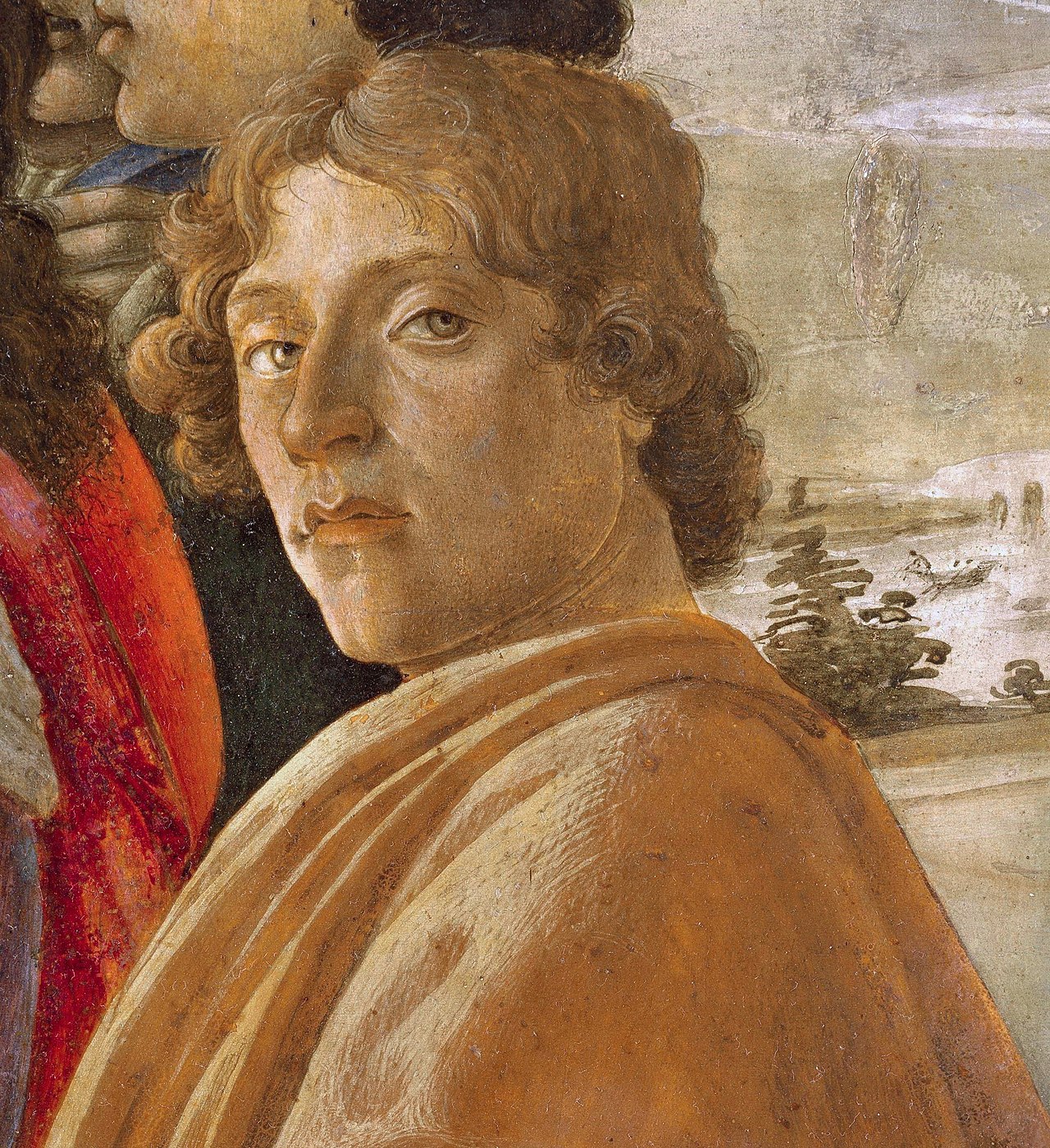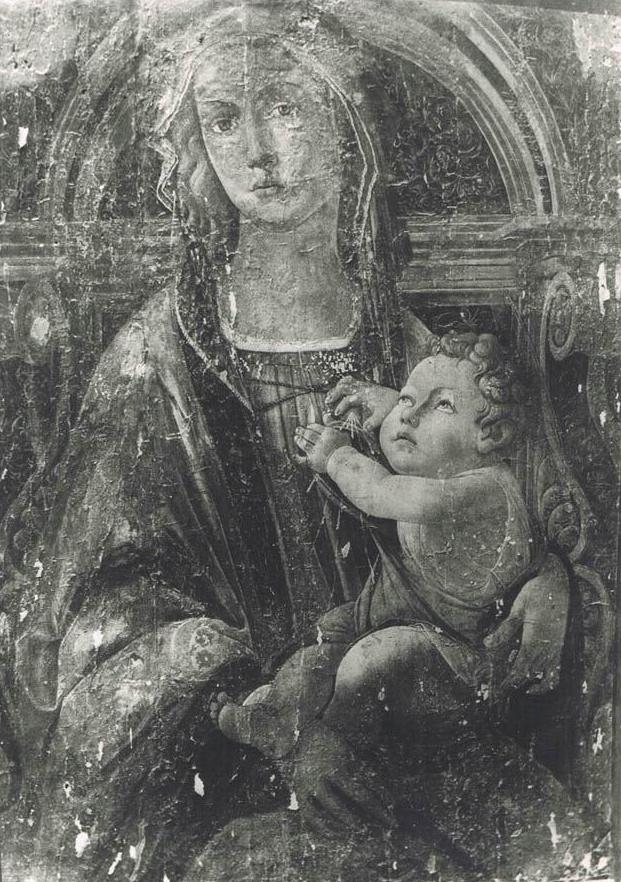The family had kept the valuable Botticelli piece safe for several generations, while authorities mysteriously lost track of its whereabouts for half a century.
There’s been no shortage of news about highly valuable artistic or cultural pieces cropping up in the most unexpected places. In the past few years, these long-lost treasures have included a rare $4.4 million African mask in an attic, a $3.3 million Bouchardon bust that served as a door stopper in a storage room, and a $26 million Cimabue painting that lay forgotten in a kitchen. Most recently, another precious piece of art history has appeared—or more aptly, re-appeared—after half a century, and it may be one of the most priceless ones this year. This is none other than a 1470 portrait by Italian master, Sandro Botticelli.
READ ALSO: Private Gallery: Michelangelo’s Hidden Drawing Room Is About To Open For Public
According to CNN, the authorities traced the painting to a family home in southern Italy, near Naples. The family in question had been safeguarding the painting for several generations. Before this discovery, local authorities had marked the piece as “missing” for half a century. So how did it end up in the family’s home, and was the work really missing or simply forgotten?

A Very Special Portrait
Botticelli is among the art world’s greatest talents, being the visionary behind legendary works like “The Birth of Venus” and “Primavera.” As such, one would expect that any work from the artist would be worth millions or more, yet the painting in question is particularly valuable for a number of reasons.

The tempera-on-wood piece measures 23 x 21 inches, and depicts the Virgin Mary and infant Christ. As per ARTnews, experts believe that it’s one of Botticelli’s final works, estimating its value to be at least $100 million. What’s more, art historian Peppe Di Massa believes that the painting held special significance for Botticelli, as he based the Madonna on Simonetta Cattaneo Vespucci—his muse and lover who passed away at 23.
Family Provenance
Botticelli donated the painting to Pope Sixtus IV, reports The Guardian. However, the pope began running low on funds when the Sistine Chapel was nearing completion. Fortunately, the affluent Medici family had just acquired vineyards in the Neapolitan area, which was a prime opportunity for the pope. He donated the Botticelli work to the Santa Maria Delle Grazie—a small, rural church in Naples—in order to gain the favor of the influential family for funding.

CNN adds that after the painting’s original church burned down, authorities passed it onto another church in the area in the early 1900s. It would remain in possession of the painting until a damaging 1982 earthquake. From there, the church entrusted it to the Somma family—which, according to a spokesman from the Italian ministry of culture, was officially decreed on file. As such, the authorities have not filed a criminal investigation against the clan.
The Vanishing Act and The Return
If the painting had been in the possession of the same family for decades, how did it disappear? Apparently, Italian authorities used to regularly check on the painting’s condition during its first few years under the family’s care, as per CNN. Over 50 years ago, the checks suddenly and mysteriously ceased. It was then marked as “missing” by the culture ministry, until a recent investigation led by commander Massimiliano Croce re-traced its whereabouts to current members of the Somma family.
“The family continues to hold the title of the work, which […] will be preserved in a museum,” Croce told CNN.
The Guardian reports that authorities found the painting in need of intensive restoration. It was in poor condition, with abrasions and chromatic alterations caused by varnish oxidation. Experts are hoping to have it properly resorted before it goes up for public exhibition in the foreseeable future.
Banner photo by Sandro Botticelli via Wikimedia Commons.





